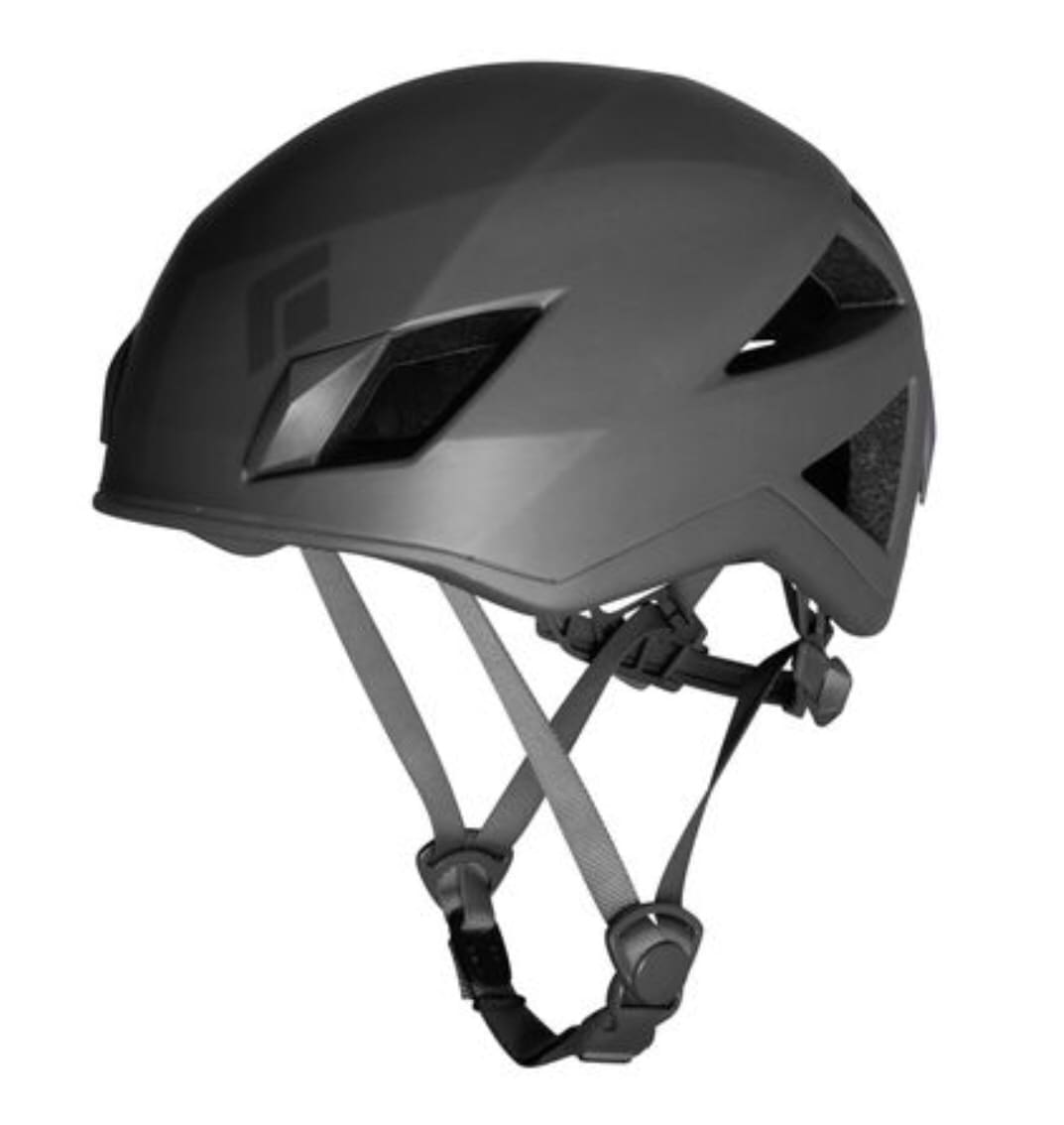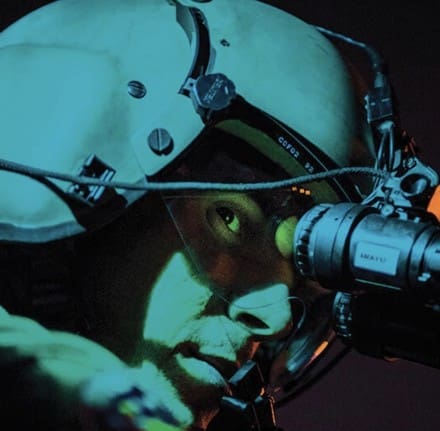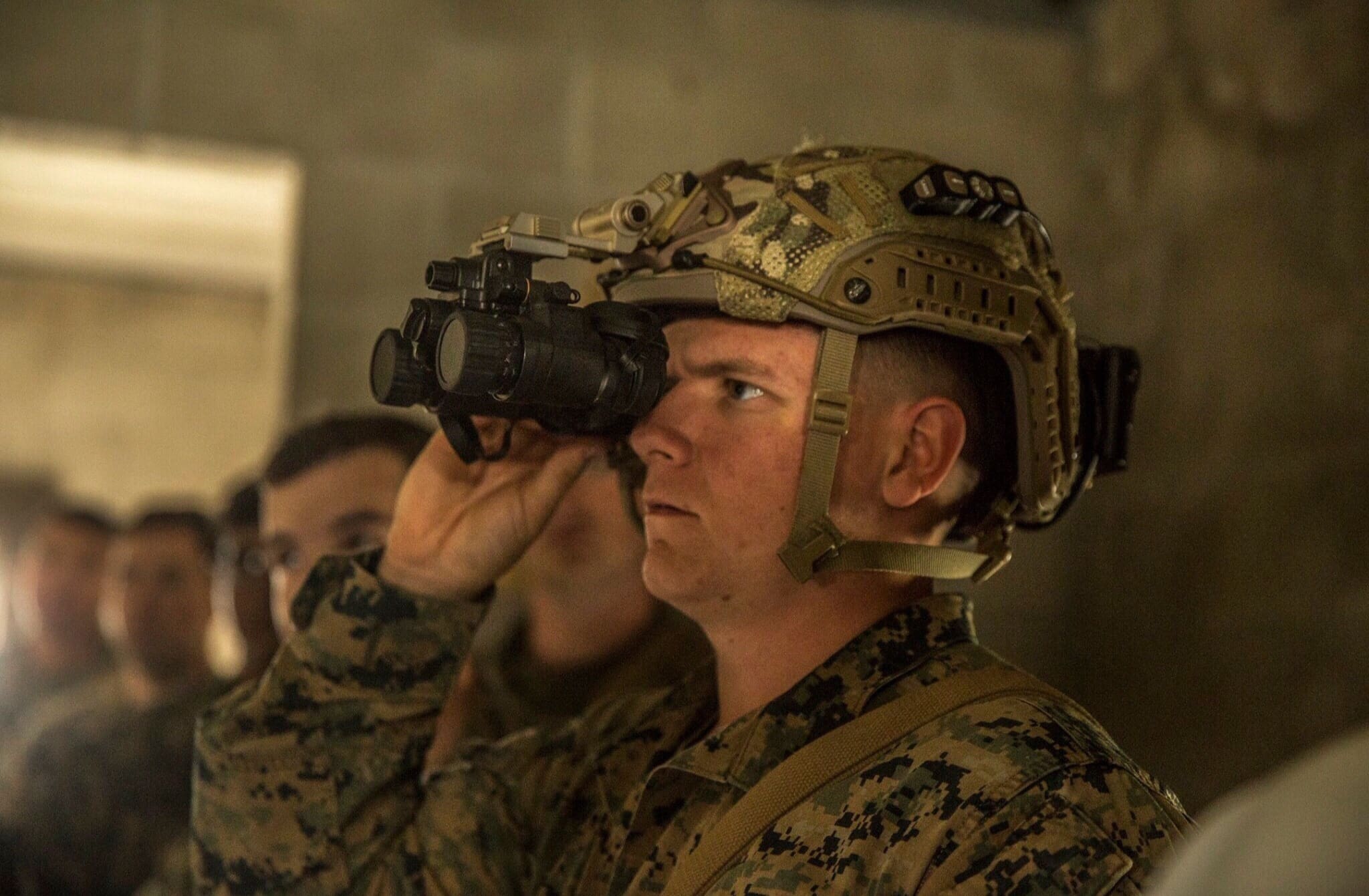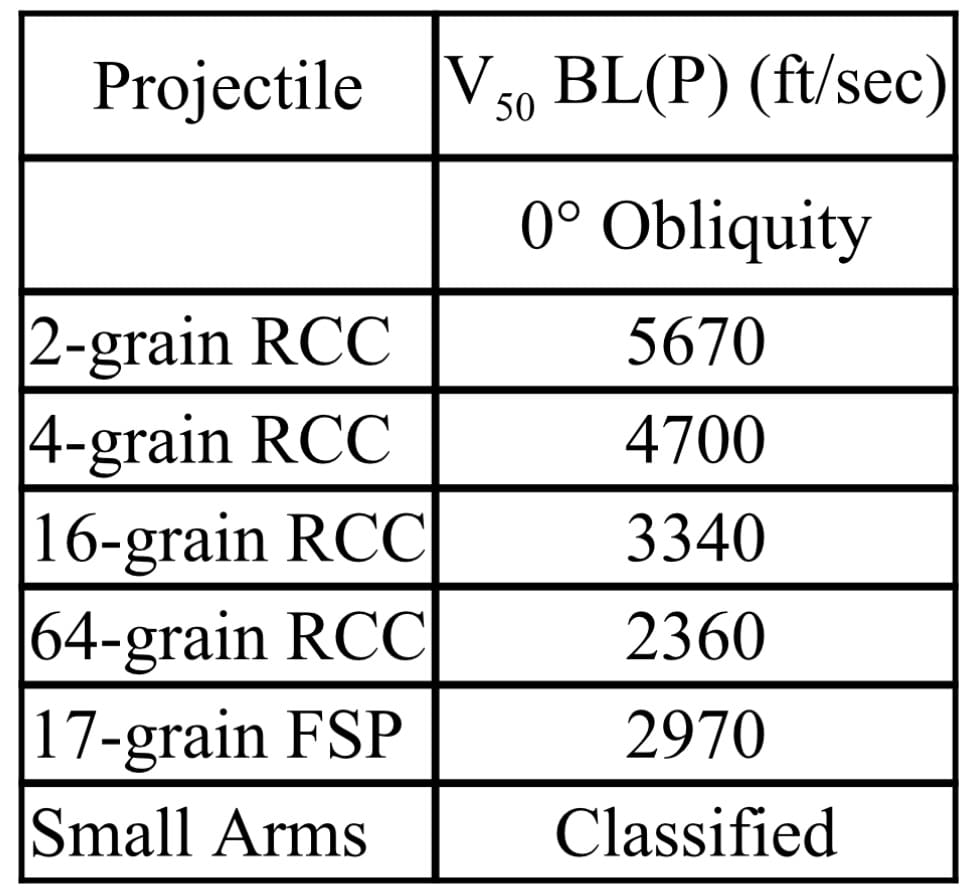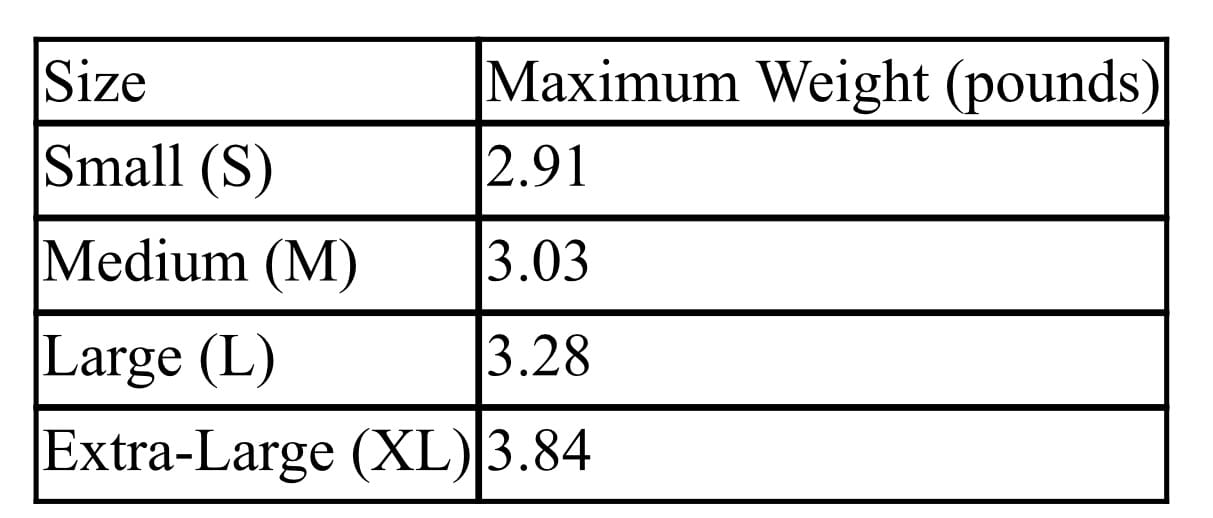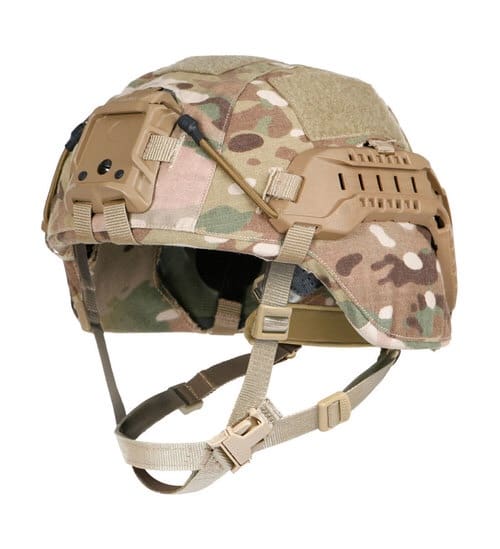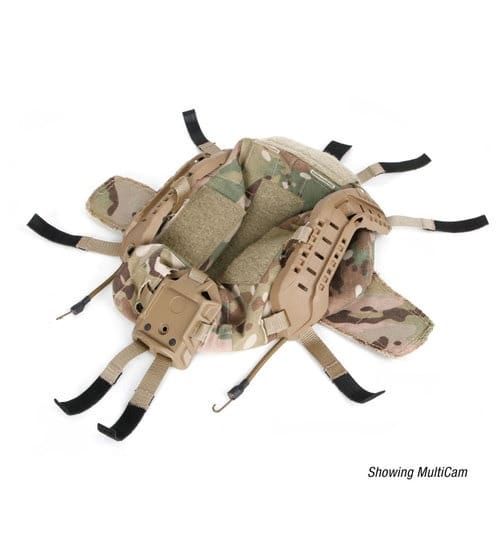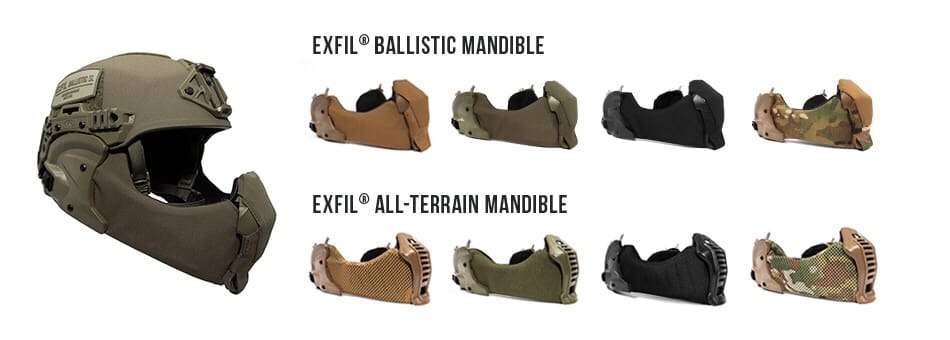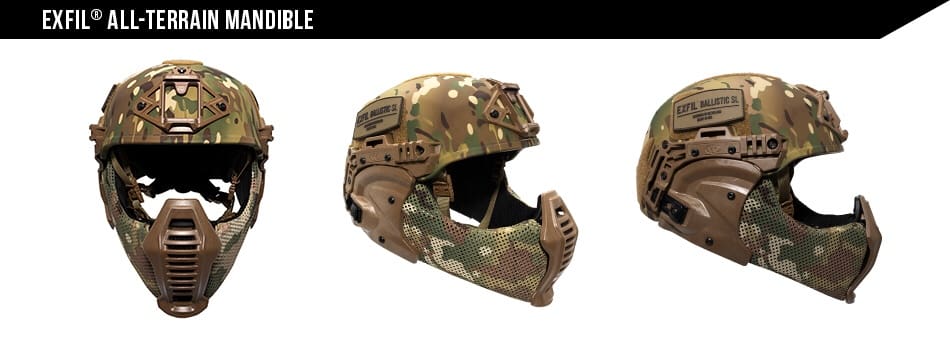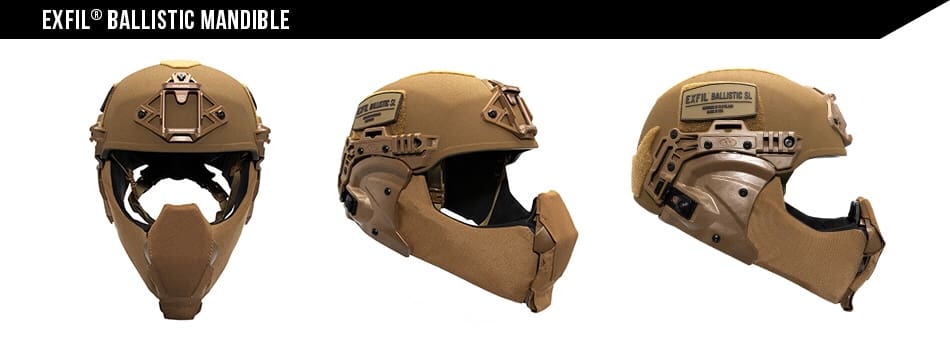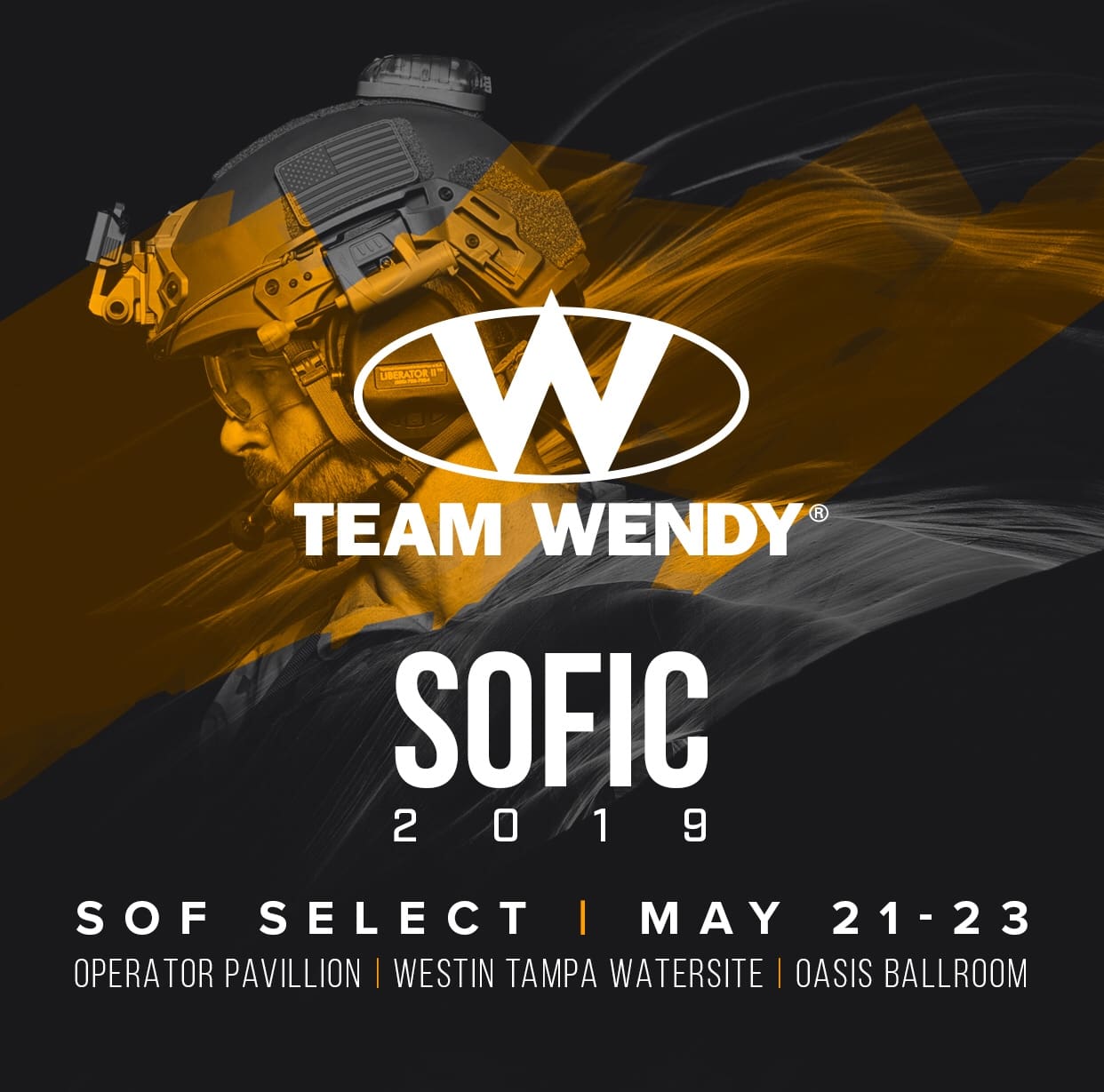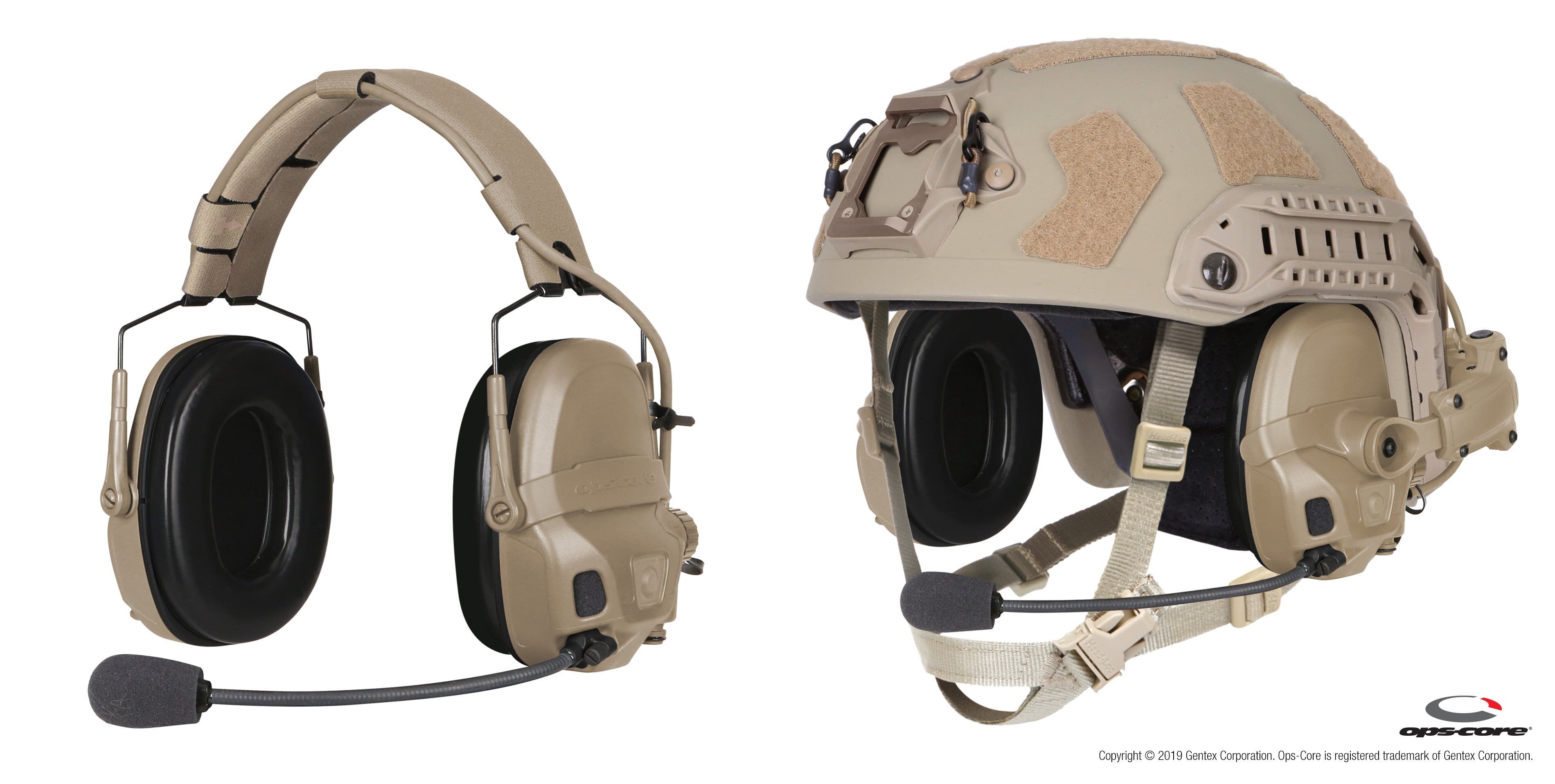LAS VEGAS—U.S. Air Force fixed-wing aircrews at Nellis Air Force Base, Nev. are flight-testing new prototype helmets this summer, thanks in part to an accelerated acquisitions process enabled by the AFWERX Vegas Innovation Hub. In just nine months, more than 100 crowd-sourced user-suggestions and concepts resulted in product presentations selected from 38 companies. From these, three teams of partnered vendors were tasked with the production of prototypes.
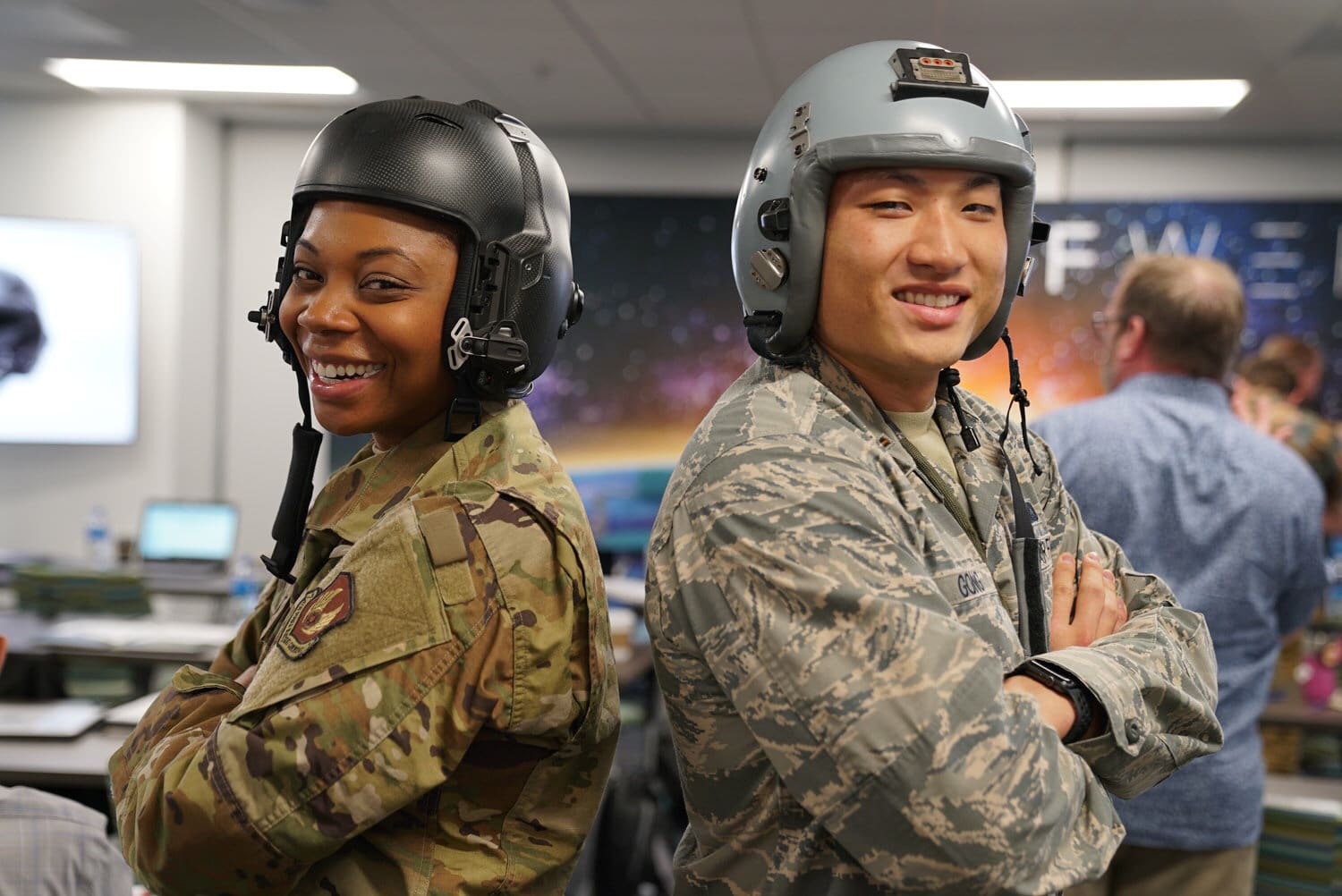
At an informal celebration at the AFWERX Vegas Innovation Hub earlier this month, U.S. Air Force personnel took delivery of four helmet designs that may each represent the next generation of fixed-wing aircrew equipment. In just nine months, the AFWERX innovations process generated tangible products for further Air Force testing and development. PHOTO: AFWERX Vegas
Four robust prototypes have now been delivered to the Air Force, ahead of schedule and ready-for-testing.
The fixed-wing aircrew helmet currently issued to the Air Force was last updated in the 1980s. Previous attempts at determining user specifications, and soliciting new designs from industry, had failed to gain much altitude. “Previously, it had taken the Air Force years to fully articulate a requirement and launch an RFP [Request-for-Proposal],” says Mark Rowland, an Innovation Actualizer at AFWERX Vegas. “It took us just a few weeks.”
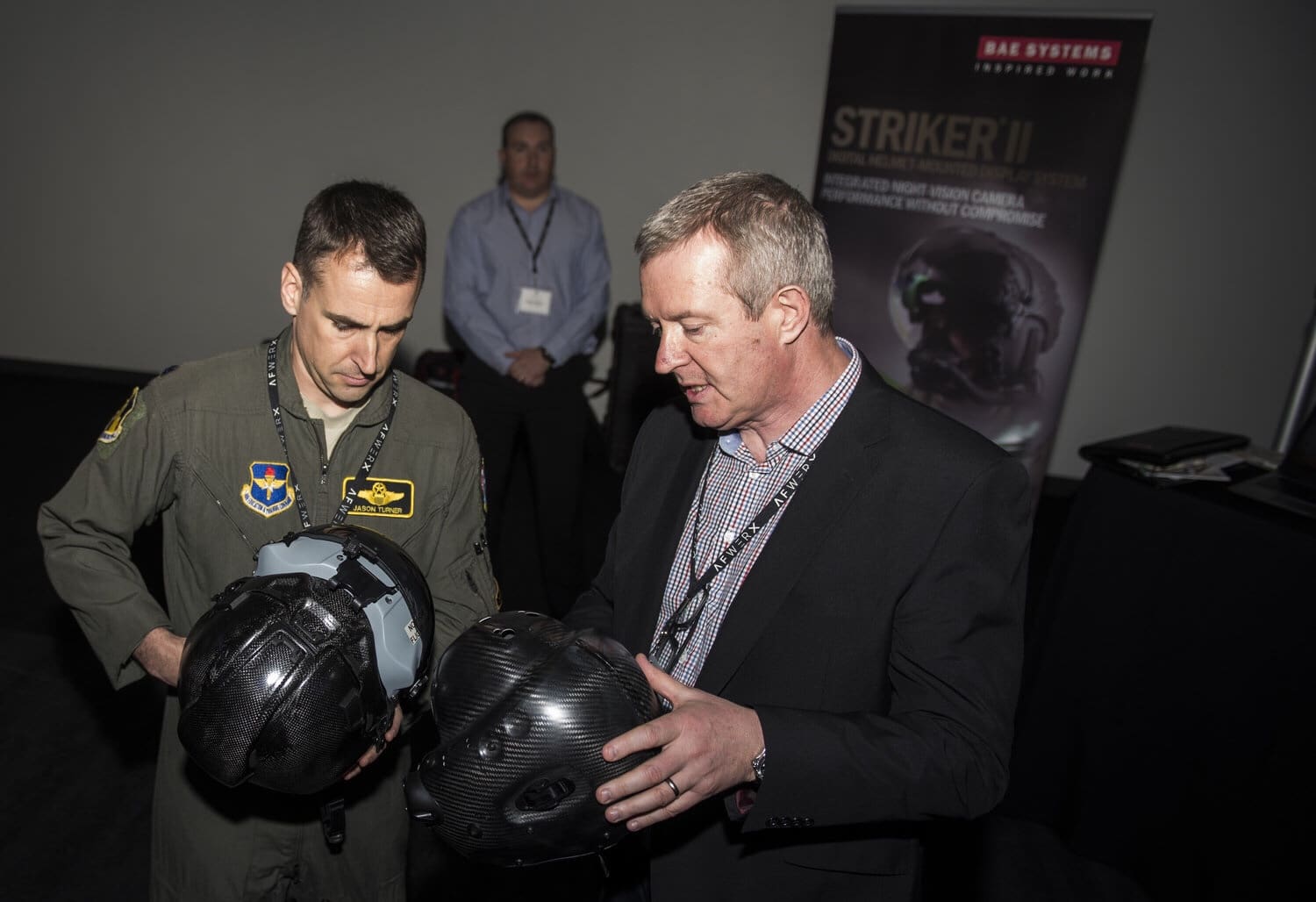
After approximately two months of problem-definition workshops with stakeholders and experts, as well as an on-line design challenge soliciting ideas from the public, the AFWERX Vegas Innovation Hub hosted 35 non-traditional potential vendors of components and full-helmet solutions in a November 2018 showcase. From these, a total of 10 vendors were configured into three teams. Each was tasked to develop prototypes. PHOTO: US Air Force A1C Bryan T. Guthrie
The prototype helmets were developed with an eye toward decreased weight, improved thermal management and stability, customizable fit, and integration with night-vision and other systems.
“The current helmets worn by aircrews in most fixed-wing aircraft were […] not made to withstand and balance [all the modern technology] that we are putting on them,” explains 1st Lt. Naomi Harper, a program manager with the Air Force Life Cycle Management Center’s Human Systems Division. “If the weight on the helmets is off, the center of gravity is completely off, which can cause neck issues and pain for our aircrews.”
One of AFWERX’s innovation-acceleration secrets? Focus on finding “dual-use” or “Commercial Off-the-Shelf” (“COTS”) solutions that are already in production. Another secret? Involve non-traditional vendors—especially small businesses and start-ups—who may require comparatively little developmental funding to achieve next-level successes.
For vendors who may otherwise lack familiarity with the Air Force, AFWERX can serve as both a matchmaker and a catalyst. The military is a great potential partner, says AFWERX Vegas hub Deputy Director Colby Edwards, because it can often provide critical funding with little contractual commitment and without sharing Intellectual Property (IP) rights in development phases. The opportunity to serve the American warfighter is important, too.
“In the helmet-design challenge, we think AFWERX has helped save the Air Force millions of dollars and years of development, brought-in more competition, and generated more-innovative products,” says Edwards. “Even better—the impact to the warfighter will ultimately be improved effectiveness, safety, and comfort.”
“Now, the AFWERX Vegas team looks forward to seeing the project’s continued successes, as U.S. Air Force program offices and testers begin to work directly with these potential vendors,” he says.
To learn more about the AFWERX Challenge, visit: www.AFWERXchallenge.com
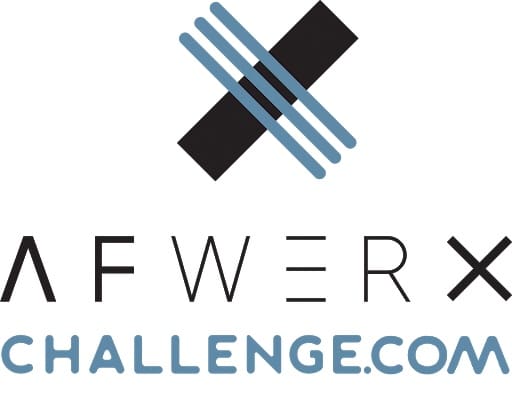
The AFWERX Vegas Innovation Hub was started in 2017 and is funded by the U.S. Air Force to support outreach to the business and academic communities. The location is one of three AFWERX Innovation Hubs—the others are in Austin, Texas and the District of Columbia. Each serves as a nexus for activities focused on delivering design solutions to Air Force problems faster, more effectively, and more efficiently than in the past.
The AFWERX Vegas team reconfigures its process to meet requirements for each Air Force design project. Often, in early stages, the team hosts ideation workshops and online challenges. Through such efforts, AFWERX optimizes participation of subject-matter experts from industry, business, investment, academia, and the military. Later stages can incorporate mini-tradeshows, “Shark-Tank”-like pitch meetings, side-by-side competitive “fly-off” events, and more.
As envisioned by U.S. Secretary of the Air Force Heather Wilson in 2017, AFWERX is intended to solve some of the toughest challenges that the Air Force faces in an “outside the fence” environment, through innovation and collaboration amongst our nation’s top subject-matter experts. The world is changing quickly—new technologies, new threats, and new opportunities.
To learn more about AFWERX, visit: www.afwerx.af.mil
